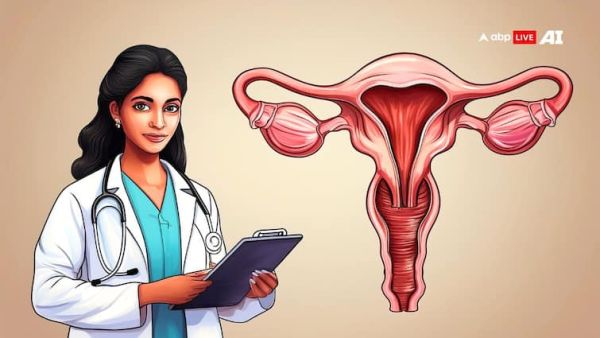
(By Dr. Smeet Patel)
Endometriosis has been frequently portrayed as a non-cancerous, though painful, condition that interferes with fertility and quality of life. That is true, but only half the tale. Scientists have uncovered a small but meaningful association between endometriosis and two forms of ovarian cancer, a relationship that should not be ignored.
Understanding The Risk:
Women with endometriosis, particularly those with ovarian endometriomas (also referred to as "chocolate cysts"), are at greater risk of developing two forms of ovarian cancer: endometrioid carcinoma and clear cell carcinoma. It is not a panicking risk for every woman, but it is significantly greater than the risk for the general population.
This heightened risk is linked to the biology of endometriosis itself. Lesions created by the disease go through repeated cycles of bleeding, repair, and hormonal stimulation. These activities lead to oxidative stress and chronic inflammation, both conditions that can cause DNA damage. Over time, such damage can accumulate, raising the possibility that a benign cyst can become a malignant tumor. Long-standing ovarian endometriomas are especially the ones doctors monitor most closely.
Signs To Watch Out For
Clinically, there are a few warning signs that raise red flags. If an otherwise stable cyst is getting bigger, if the patterns of pain have changed, or new symptoms like bloating, early satiety, or unexpected weight loss have appeared, doctors take them seriously. Even chronic ovarian cyst in post-menopausal patients requires cautious assessment since natural hormonal protection is lost with advancing age.
Monitoring And Prevention
Surveillance is the key to prevention. Periodic imaging, MRI or ultrasound, is used to monitor changes in endometriomas.
Any cyst with atypical features has to be surgically resected and sent for proper histopathology since recurrent drainage of cysts facilitates the leave-behind of diseased tissue and does not reduce cancer risk.
Lifestyle habits also play a role. Being at a healthy weight, not smoking, and following prescribed hormonal regimens might lower overall risk, but can't lower it to zero.
Dr. Smeet Patel is Endometriosis Specialist at Mayflower Women’s Hospital, Ahmedabad
[Disclaimer: The information provided in the article, including treatment suggestions shared by doctors, is intended for general informational purposes only. It is not a substitute for professional medical advice, diagnosis, or treatment. Always seek the advice of your physician or other qualified healthcare provider with any questions you may have regarding a medical condition.]
-
IND vs PAK: BCCI opens up on calls to boycott Pakistan match ahead of Asia Cup 2025 opener after Operation Sindoor, says…

-
This superstar romanced actress 19 years younger than him, produced by his wife, became a blockbuster, won 27 awards, movie name is…, lead actors are…

-
GST rate cuts: India’s festive spending expected to jump as more families plan to…, GST relief will help people…

-
Cristian Romero boost for Thomas Frank and Tottenham after international slip up

-
Former Japan FM Motegi to run in LDP leadership race
